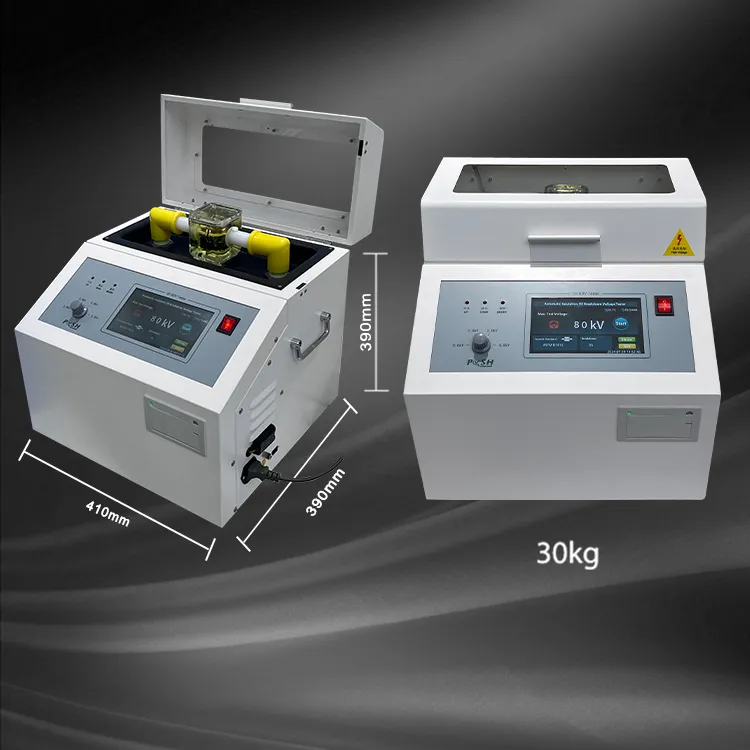 English
English



-
 Afrikaans
Afrikaans -
 Albanian
Albanian -
 Amharic
Amharic -
 Arabic
Arabic -
 Armenian
Armenian -
 Azerbaijani
Azerbaijani -
 Basque
Basque -
 Belarusian
Belarusian -
 Bengali
Bengali -
 Bosnian
Bosnian -
 Bulgarian
Bulgarian -
 Catalan
Catalan -
 Cebuano
Cebuano -
 China
China -
 China (Taiwan)
China (Taiwan) -
 Corsican
Corsican -
 Croatian
Croatian -
 Czech
Czech -
 Danish
Danish -
 Dutch
Dutch -
 English
English -
 Esperanto
Esperanto -
 Estonian
Estonian -
 Finnish
Finnish -
 French
French -
 Frisian
Frisian -
 Galician
Galician -
 Georgian
Georgian -
 German
German -
 Greek
Greek -
 Gujarati
Gujarati -
 Haitian Creole
Haitian Creole -
 hausa
hausa -
 hawaiian
hawaiian -
 Hebrew
Hebrew -
 Hindi
Hindi -
 Miao
Miao -
 Hungarian
Hungarian -
 Icelandic
Icelandic -
 igbo
igbo -
 Indonesian
Indonesian -
 irish
irish -
 Italian
Italian -
 Japanese
Japanese -
 Javanese
Javanese -
 Kannada
Kannada -
 kazakh
kazakh -
 Khmer
Khmer -
 Rwandese
Rwandese -
 Korean
Korean -
 Kurdish
Kurdish -
 Kyrgyz
Kyrgyz -
 Lao
Lao -
 Latin
Latin -
 Latvian
Latvian -
 Lithuanian
Lithuanian -
 Luxembourgish
Luxembourgish -
 Macedonian
Macedonian -
 Malgashi
Malgashi -
 Malay
Malay -
 Malayalam
Malayalam -
 Maltese
Maltese -
 Maori
Maori -
 Marathi
Marathi -
 Mongolian
Mongolian -
 Myanmar
Myanmar -
 Nepali
Nepali -
 Norwegian
Norwegian -
 Norwegian
Norwegian -
 Occitan
Occitan -
 Pashto
Pashto -
 Persian
Persian -
 Polish
Polish -
 Portuguese
Portuguese -
 Punjabi
Punjabi -
 Romanian
Romanian -
 Russian
Russian -
 Samoan
Samoan -
 Scottish Gaelic
Scottish Gaelic -
 Serbian
Serbian -
 Sesotho
Sesotho -
 Shona
Shona -
 Sindhi
Sindhi -
 Sinhala
Sinhala -
 Slovak
Slovak -
 Slovenian
Slovenian -
 Somali
Somali -
 Spanish
Spanish -
 Sundanese
Sundanese -
 Swahili
Swahili -
 Swedish
Swedish -
 Tagalog
Tagalog -
 Tajik
Tajik -
 Tamil
Tamil -
 Tatar
Tatar -
 Telugu
Telugu -
 Thai
Thai -
 Turkish
Turkish -
 Turkmen
Turkmen -
 Ukrainian
Ukrainian -
 Urdu
Urdu -
 Uighur
Uighur -
 Uzbek
Uzbek -
 Vietnamese
Vietnamese -
 Welsh
Welsh -
 Bantu
Bantu -
 Yiddish
Yiddish -
 Yoruba
Yoruba -
 Zulu
Zulu
gas chromatography model
Understanding Gas Chromatography Principles and Applications
Gas chromatography (GC) is an analytical technique used to separate and analyze compounds that can vaporize without decomposition. This powerful method has become a cornerstone in various fields such as chemistry, environmental monitoring, food safety, and pharmaceuticals. The principle underlying gas chromatography revolves around the differential partitioning of compounds in a gas phase and a stationary phase, providing insights into the composition of complex mixtures.
At its core, gas chromatography involves a sample being vaporized and transported through a column by an inert carrier gas, typically helium or nitrogen. The column contains a stationary phase, which can be a liquid or solid material that interacts with the sample components. As the sample travels through the column, different compounds will adhere to the stationary phase for varying lengths of time based on their physicochemical properties, such as polarity and boiling point. This variance in interaction times leads to separation; components that interact more strongly with the stationary phase elute later than those with weaker interactions.
Understanding Gas Chromatography Principles and Applications
Once the separated compounds exit the column, they pass through a detector. Various types of detectors are employed in GC, including flame ionization detectors (FID), thermal conductivity detectors (TCD), and mass spectrometers (MS) paired with GC for highly sensitive detection and identification. The choice of detector depends on the required sensitivity, selectivity, and the nature of the substances being analyzed.
gas chromatography model

Data generated by the detector is then processed and analyzed, typically producing a chromatogram—a graphical representation of the detector response as a function of time. Each peak in the chromatogram corresponds to a different component in the mixture, with the area under the peak being proportional to the concentration of that component. This visualization allows scientists to identify and quantify substances within a sample effectively.
Gas chromatography has numerous applications across different industries. In environmental science, it is used to analyze air pollutants and monitor volatile organic compounds (VOCs) in soil and water. In food safety, GC assesses flavor compounds and residual pesticides, ensuring compliance with safety standards. In the pharmaceutical industry, it plays a vital role in drug formulation, quality control, and the detection of impurities.
Furthermore, advances in technology have led to the development of more sophisticated GC techniques, such as comprehensive two-dimensional gas chromatography (GC×GC), which enhances separation efficiency and resolution of complex mixtures. Coupling GC with mass spectrometry (GC-MS) allows for the structural identification of compounds, providing a robust tool for research and quality assurance.
In conclusion, gas chromatography is an essential analytical technique that continues to evolve, offering precise and reliable results in various fields. As industries strive for higher safety and quality standards, the importance of gas chromatography in detecting and quantifying chemical substances will undoubtedly grow, reinforcing its status as a fundamental tool in modern analytical chemistry.
-
Ensuring SF₆ Gas Safety: Introducing PUSH’s Integrated SF₆ Analyzer for Dew Point, Purity, and Decomposition MonitoringNewsJul.10,2025
-
Exploring the Main Types of Industrial Endoscopes and Their Applications Across IndustriesNewsJul.04,2025
-
Testing Equipment Industry Sees Major Advancements in 2025: Smart & Precision Technologies Lead the WayNewsJun.06,2025
-
Applications of Direct Current Generators in Renewable Energy SystemsNewsJun.05,2025
-
Hipot Tester Calibration and Accuracy GuidelinesNewsJun.05,2025
-
Digital Circuit Breaker Analyzer Features and BenefitsNewsJun.05,2025



